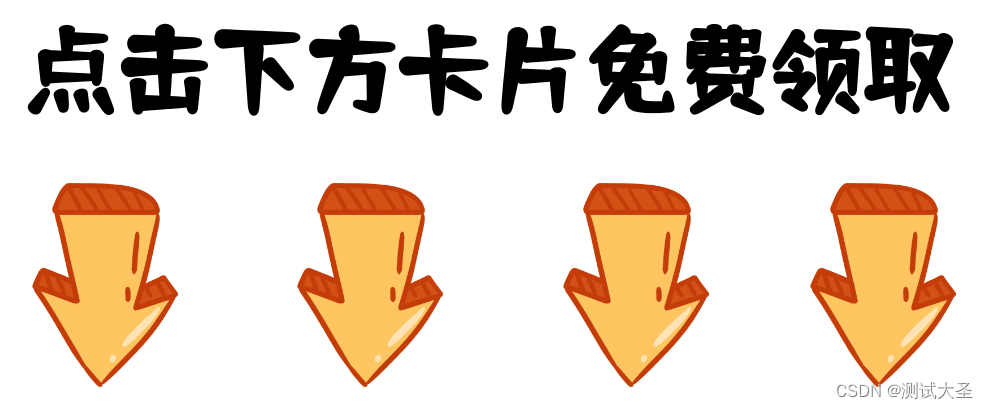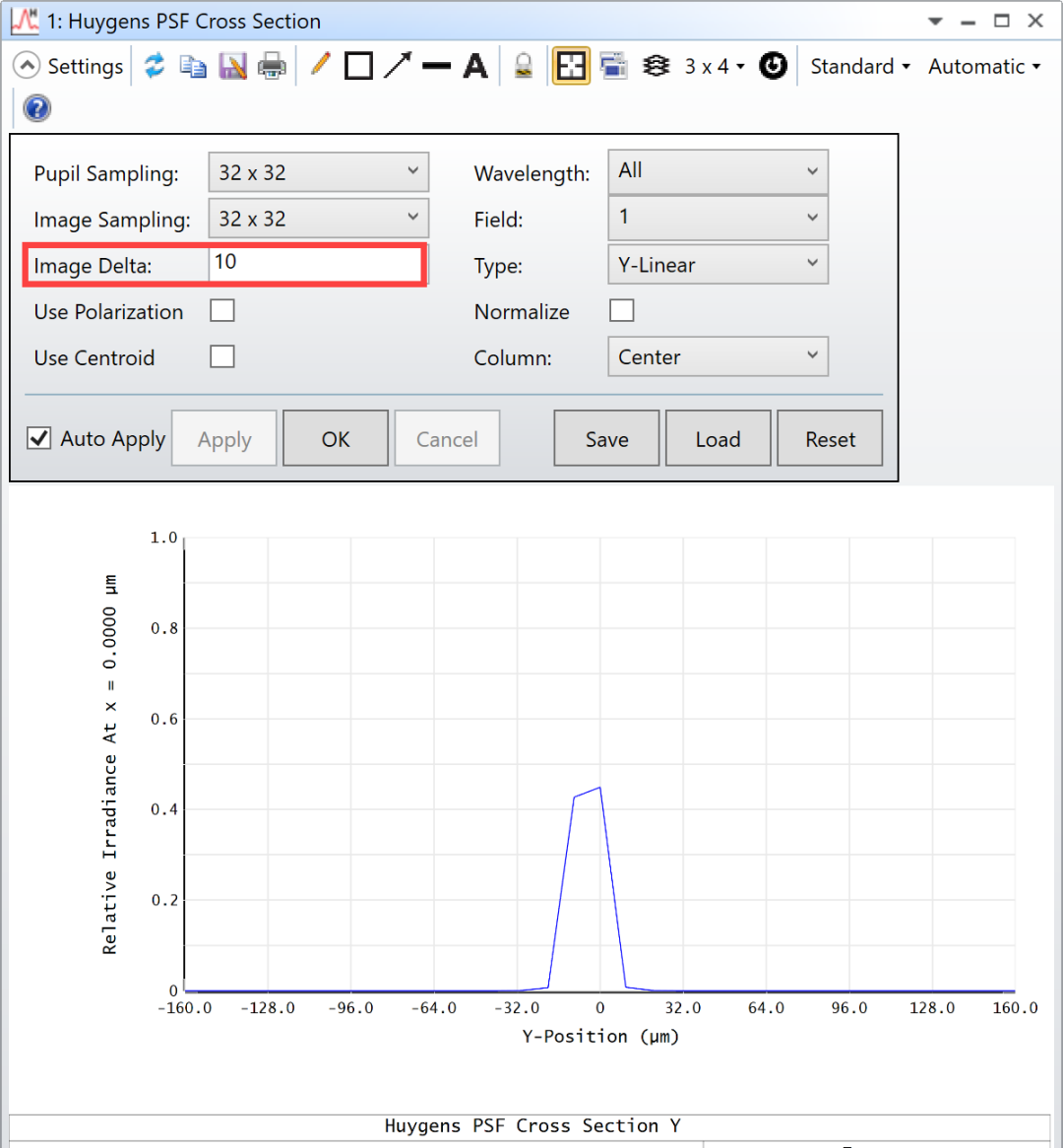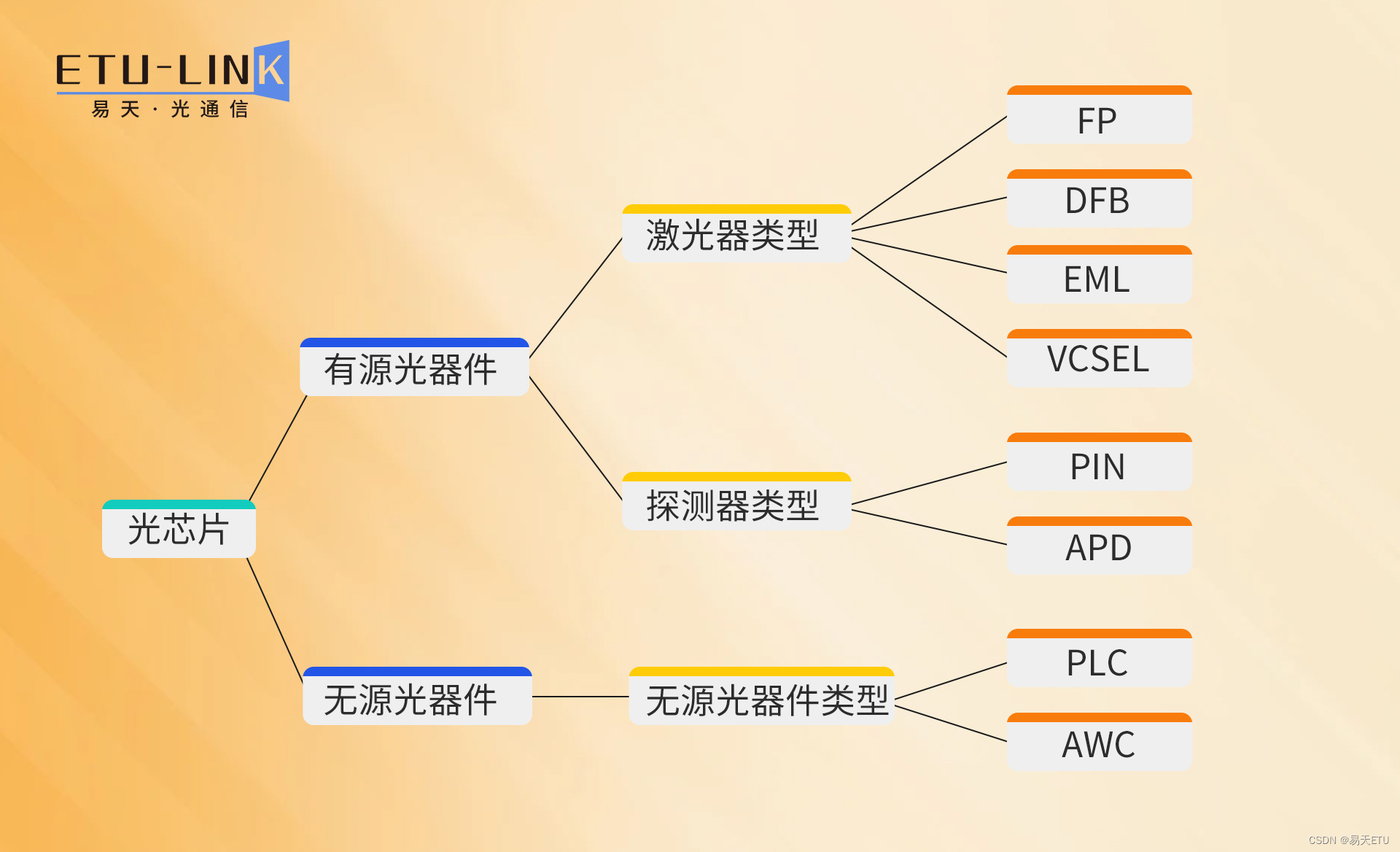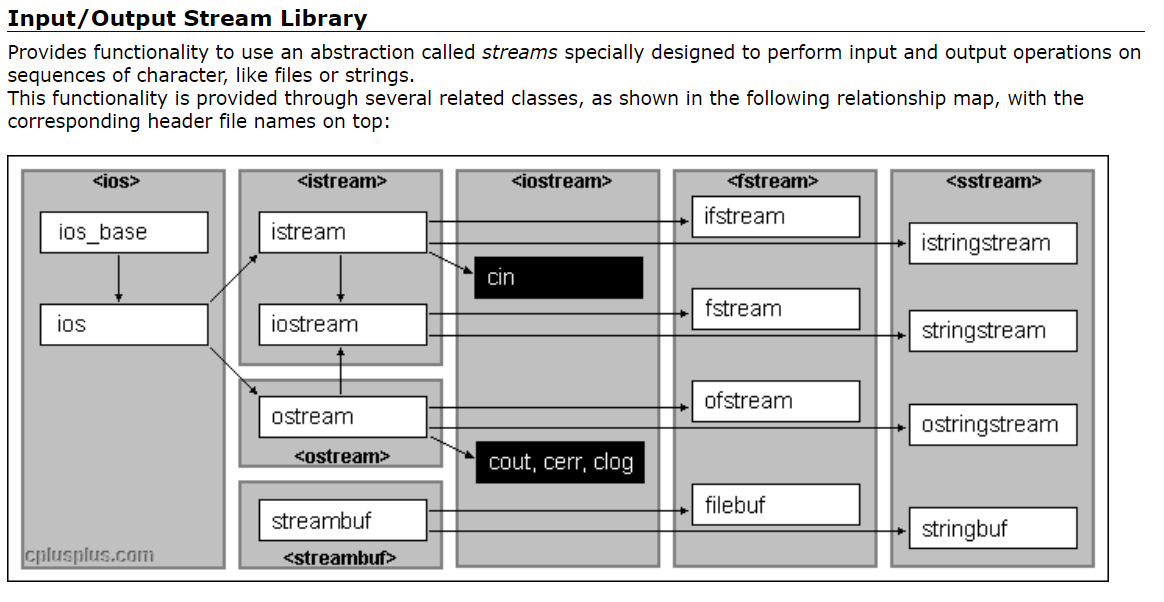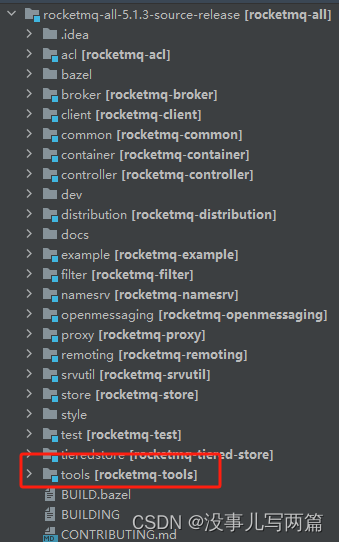目录链接:
力扣编程题-解法汇总_分享+记录-CSDN博客
GitHub同步刷题项目:
https://github.com/September26/java-algorithms
原题链接:力扣(LeetCode)官网 - 全球极客挚爱的技术成长平台
描述:
请你设计并实现一个满足 LRU (最近最少使用) 缓存 约束的数据结构。
实现 LRUCache 类:
LRUCache(int capacity)以 正整数 作为容量capacity初始化 LRU 缓存int get(int key)如果关键字key存在于缓存中,则返回关键字的值,否则返回-1。void put(int key, int value)如果关键字key已经存在,则变更其数据值value;如果不存在,则向缓存中插入该组key-value。如果插入操作导致关键字数量超过capacity,则应该 逐出 最久未使用的关键字。
函数 get 和 put 必须以 O(1) 的平均时间复杂度运行。
示例:
输入
["LRUCache", "put", "put", "get", "put", "get", "put", "get", "get", "get"]
[[2], [1, 1], [2, 2], [1], [3, 3], [2], [4, 4], [1], [3], [4]]
输出
[null, null, null, 1, null, -1, null, -1, 3, 4]
解释
LRUCache lRUCache = new LRUCache(2);
lRUCache.put(1, 1); // 缓存是 {1=1}
lRUCache.put(2, 2); // 缓存是 {1=1, 2=2}
lRUCache.get(1); // 返回 1
lRUCache.put(3, 3); // 该操作会使得关键字 2 作废,缓存是 {1=1, 3=3}
lRUCache.get(2); // 返回 -1 (未找到)
lRUCache.put(4, 4); // 该操作会使得关键字 1 作废,缓存是 {4=4, 3=3}
lRUCache.get(1); // 返回 -1 (未找到)
lRUCache.get(3); // 返回 3
lRUCache.get(4); // 返回 4
提示:
1 <= capacity <= 30000 <= key <= 100000 <= value <= 105- 最多调用
2 * 105次get和put
解题思路:
* 解题思路:
* 这题最难的其实就是处理双向链表的关系。
* 构建两个方法updateHead和updateTail,分别代表节点变动后处理头部节点和尾部节点。
* 处理头部节点时,分为两种情况,当前节点如果已经是头部节点,则不需要处理。否则,把current的前后节点相连接,然后把current放到头节点。
* 处理尾部节点时,分为3种情况,如果map中只有一个,则当前节点就是尾节点;如果map长度为2,则之前的header就是尾节点;如果current是尾节点,则断开其与前面节点的关系,设置其前面的节点为尾节点。
代码:
class LRUCache
{
public:
class Node
{
public:
int key;
int val;
Node *next;
Node *pre;
Node(int mkey = 0, int mvalue = 0) : key(mkey), val(mvalue), next(nullptr), pre(nullptr){};
};
int maxSize = 0;
unordered_map<int, Node *> valueMap;
Node *header = nullptr;
Node *tail = nullptr;
LRUCache(int capacity)
{
maxSize = capacity;
}
int get(int key)
{
if (valueMap.find(key) == valueMap.end())
{
return -1;
}
Node *current = valueMap[key];
updateTail(current);
updateHead(current);
return valueMap[key]->val;
}
void put(int key, int value)
{
if (valueMap.find(key) != valueMap.end())
{
Node *current = valueMap[key];
current->val = value;
updateTail(current);
updateHead(current);
return;
}
if (valueMap.size() == maxSize)
{
removeNode();
}
addNode(key, value);
}
void addNode(int key, int value)
{
Node *current = new Node(key, value);
valueMap[key] = current;
updateTail(current);
updateHead(current);
}
/**
* 把current设置为header
*/
void updateHead(Node *current)
{
if (header == current)
{
return;
}
// 链表中删除当前节点
if (current->pre != nullptr)
{
current->pre->next = current->next;
}
if (current->next != nullptr)
{
current->next->pre = current->pre;
}
// 加入头节点
current->next = header;
current->pre = nullptr;
if (header != nullptr)
{
header->pre = current;
}
header = current;
}
void updateTail(Node *current)
{
// 如果长度为1时
if (valueMap.size() == 1)
{
tail = current;
return;
}
if (valueMap.size() == 2)
{
tail->pre = current;
tail = header;
}
else if (current == tail)
{
if (tail->pre != nullptr)
{
tail->pre->next = nullptr;
}
if (valueMap.size() > 1)
{
tail = current->pre;
}
}
}
void removeNode()
{
valueMap.erase(tail->key);
Node *tailPre = tail->pre;
if (tailPre == nullptr)
{
return;
}
tailPre->next = nullptr;
tail->pre = nullptr;
tail = tailPre;
}
};
